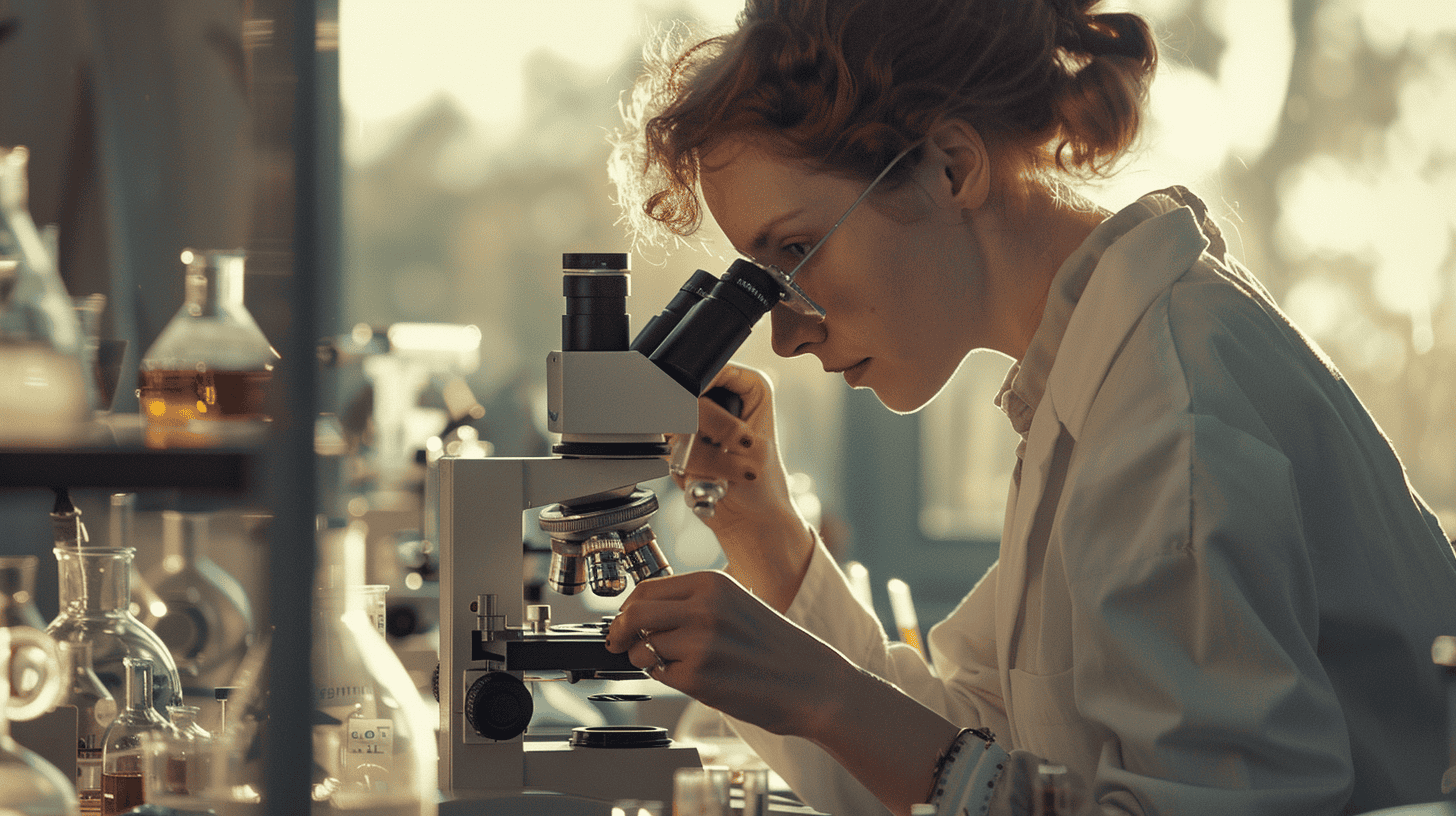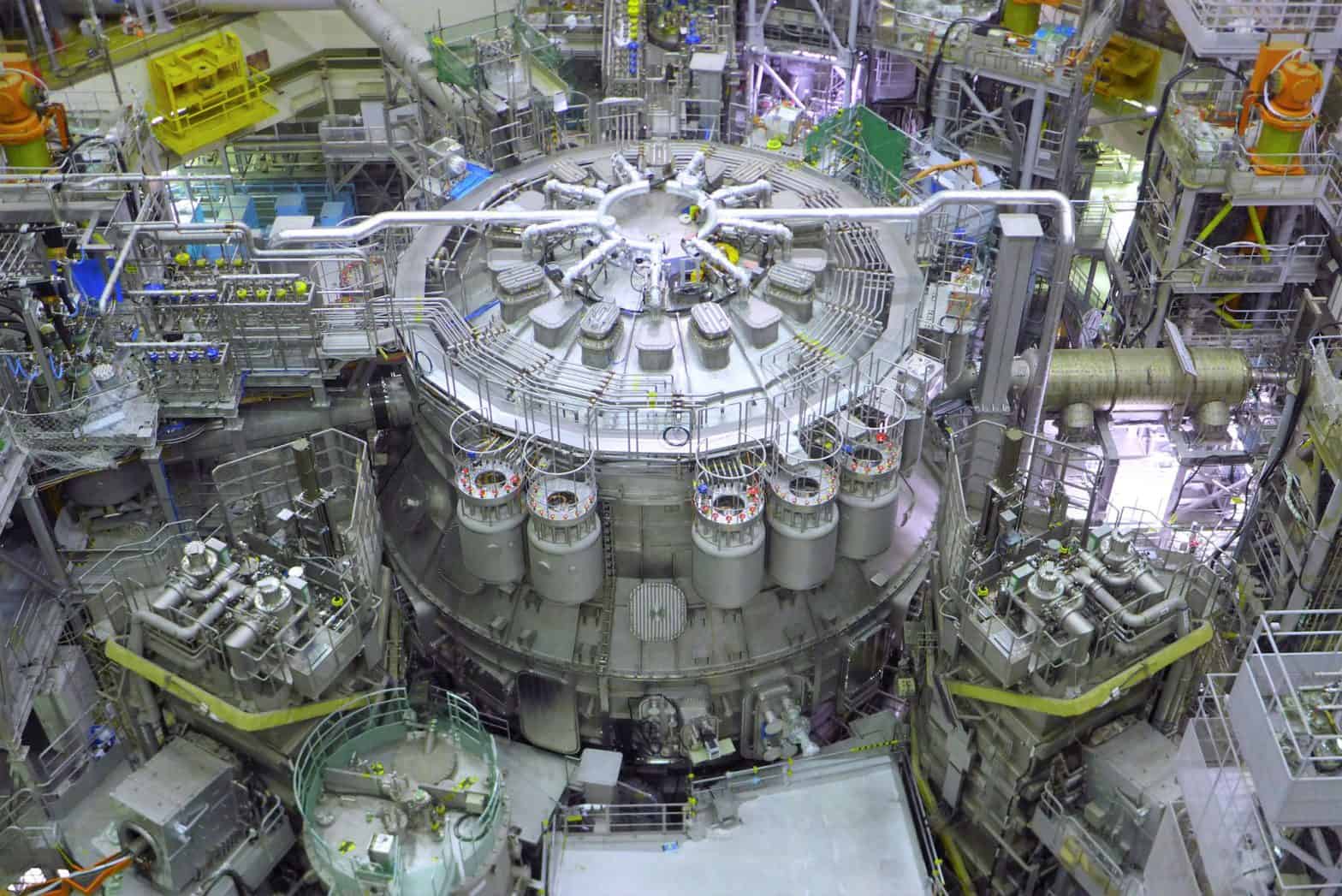
It took a while, but work is now underway to develop an innovative cell therapy for severe ischemic heart disease, which includes chronic pectoris. In 2017, the Centro Cardiologico Monzino and the University of Milan jointly patented a new therapeutic method called CPCPlus (short for “Cardiac Pro-angiogenic Cell Plus“). This method involves the creation of new small blood vessels (neovascularization) in the heart.
We create a new blood circulation as an alternative to the patient’s damaged circulation system that has ceased to function.
“We have discovered heart cells that we have christened CD90-negative,” says Giulio Pompilio, scientific director of Monzino. “This is a subtype of the stromal cells in the human heart which have a special ability to induce the new growth of tiny blood vessels.”

Pompilio and his team have found a way to isolate, select and inject these cells into the ischemia-stricken heart. This stimulates the creation of new blood vessels (therapeutic angiogenesis) in the heart muscle tissue. “We create a new blood circulation as an alternative to the patient’s damaged circulation system that has ceased to function.”
Refractory angina
In chronic refractory angina, patients feel a pressing sensation or chest pain due to an insufficient blood supply to the heart muscle. Conventional treatments with medication and revascularization techniques offer either no results or inadequate results in these cases.
The Milan patent was transferred late last year to an Italian medtech investor who subsequently put in 6.5 million euros. It was announced this week that the investor has set up a company in collaboration with Monzino’s laboratories in Milan. This will focus solely on the development of the therapy. Oloker Therapeutics, as the company is called, is aiming to conduct a first-in-human study for the treatment of refractory angina within five years.
Own bone marrow
Trials have been running for years with patients who have severe coronary atherosclerosis whereby stem cells are taken from the patient’s own bone marrow and then inserted directly into the heart muscle. This is done to create tiny blood vessels in places where there is a lack of oxygen. To the best of our knowledge, there is no comparable method at this stage.
You can also read about drugs that are being developed with body cells here.








